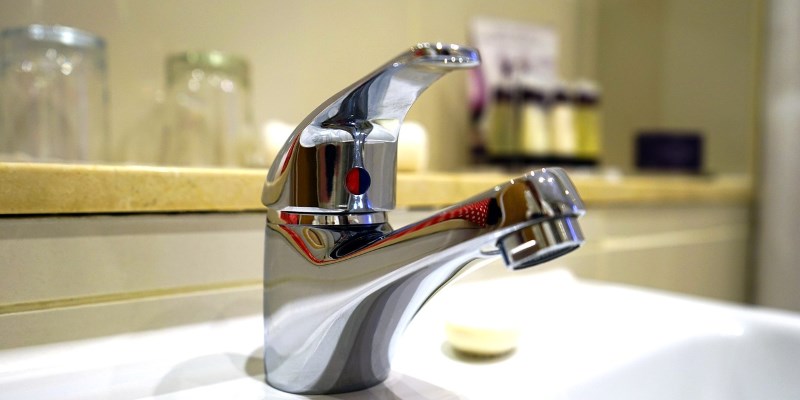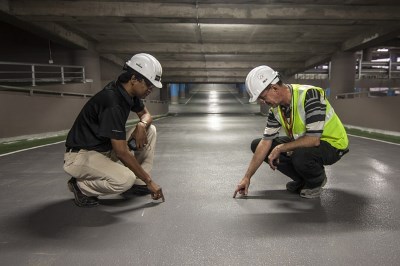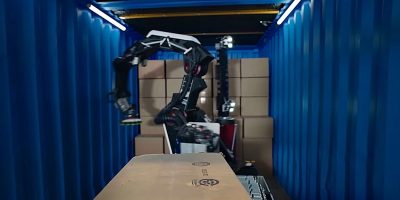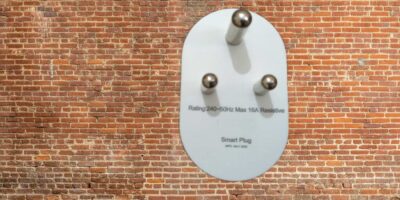
The tech world is still experimenting with automated traffic lights, self-driving cars, and stores that automatically charge your card for the products you picked up when you walked out the door. But while dreams of a Utopian IoT world aren’t yet a reality, we can still use IoT to better understand and respond to the world around us.
We haven’t achieved total automation just yet, but what we can do is have an IoT system inform humans on what the best course of action is. In a way, this kind of IoT network acts as an extended eyes and ears for human operators.

This is a much more practical and realistic way for companies to use IoT to help power their business. One example of this is how the British company BT is helping Northumbrian Water by implementing IoT in their water systems.
Smart Water
The plans BT have to enhance Northumbrian Water shows how IoT can be used in its current state to develop smart cities. They will implement 150 sensors around the water network that automatically log water pressure and flow as they go through the pipes.

The goal is to spot problems (such as leaks) the moment they occur. Due to the pipes being underground for the most part, leaks don’t get discovered until the damage is done. This system, however, will alert Northumbrian Water the moment a problem occurs and allows for rapid maintenance.
How It’s Done
Of course, an IoT network that watches over an entire water system isn’t designed overnight! Once all the sensors are installed, BT needs a network in order for them to talk to one another, as well as report their findings to home base.
BT has to use a very complicated-sounding system to bring this all together. They plan to use a Low Power Long Range Wide Area Network (LoRaWAN) to do the job; this will combine low power usage, long distance transmissions and a wide net to properly manage the waterways.

The low power keeps the battery drain to a minimum so engineers don’t have to keep swapping them out every few days. The long range allows for the sensors to talk across an entire city with little problem. Combined, this makes the perfect solution for tracking an entire water system over an extended period.
This sounds great, but BT is hoping to scale it up even more. With 5G on the horizon, they hope to implement it into their IoT water system for faster speeds and lower latencies. This suggests that 5G’s introduction to the public will really help push smart cities into the foreground.
Where To Next?
As companies work to slowly turn our cities smart, we may see more of these IoT monitoring networks spring up. While we can’t put an AI at the helm and let it do all the work just yet, the IoT can allow human operators to better perform their jobs.
IoT can be used by security companies to automatically scan the faces of people entering a building and match them with criminal records. Roads can be monitored for traffic jams, with information being sent to GPS companies for real-time congestion updates. As our lives become smarter, we’ll see IoT pop up in areas where humans need an extra help to keep an eye on things.
Water Way to Start
BT’s plans for Northumberland Water is an interesting example of how our cities will get smarter. While we won’t have full automation for a while, we can use the IoT world to receive real-time updates and deliver a better service to people.
When do you think full automation for something like managing a city’s water system will occur? Is it right around the corner, or are we years (or decades!) away from it? Let us know below.












